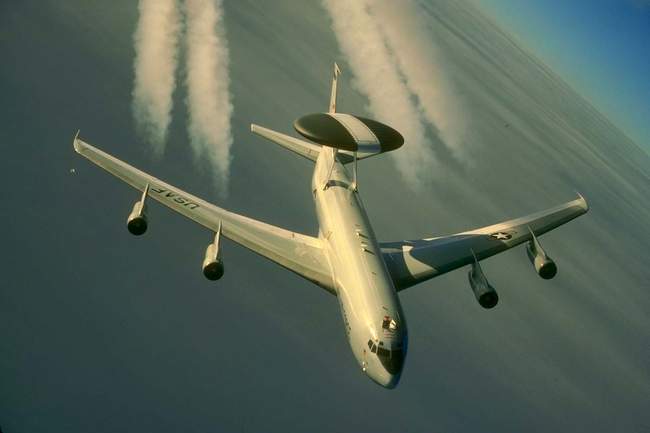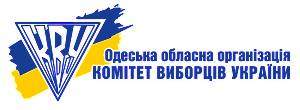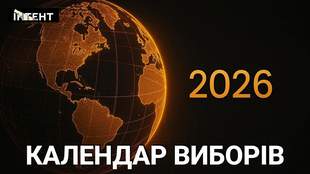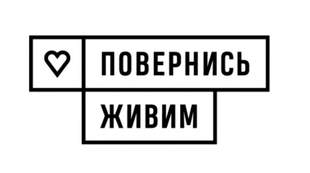Меню
Social networks
Sections
Oct. 1, 2024, 9:11 a.m.
After the downing of the Russian UAV, NATO tightens control over Romanian airspace
Цей матеріал також доступний українською644

Photo: NATO
On September 29, NATO stepped up surveillance of Romania's airspace, deploying an airborne surveillance aircraft (AWACS).
According to the press service of NATO's Joint Air Force Command, the decision was made against the backdrop of a Russian drone falling on Romanian territory during an air attack on Ukraine.
"The decision to fly AWACS, made on the recommendation of NATO's Supreme Allied Commander Europe, will help support the Alliance's enhanced presence in the region and track Russian military activity," the command said.
NATO noted that the surveillance aircraft monitor Russian military activity on the Alliance's borders and enhance Romania's ability to respond to air activity near its borders.
"This vigilance activity is legal, defensive, proportionate and fully transparent," the press service said.
It is specified that the flights will be carried out exclusively over NATO territory from the Preveza airbase in Greece and the main NATO AWACS base in Geilenkirchen, Germany.
During a massive attack by Russians in Odesa region on the night of September 27, one Russian army drone entered Romanian airspace. Before that, on the evening of September 7, a group of Russian Shahed attack drones violated Romanian airspace, which led to warnings to residents of Tulcea and Constanta counties about the risk of objects falling from the airspace. According to the Romanian publication hotnews.ro, representatives of the Tulcea Emergency Situations Inspectorate explained that these messages were necessary to inform the population of the Romanian border area.
The command of the Ukrainian Air Force also reported that the unmanned aerial vehicle was over the territory of Romania in the Sabandzia area, flew over Vilkovo and continued to fly over the coastal waters of the Gulf of Odesa.











